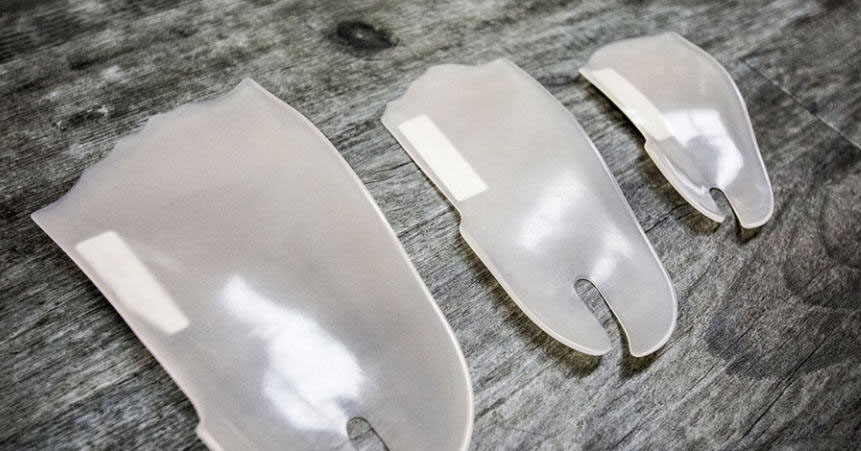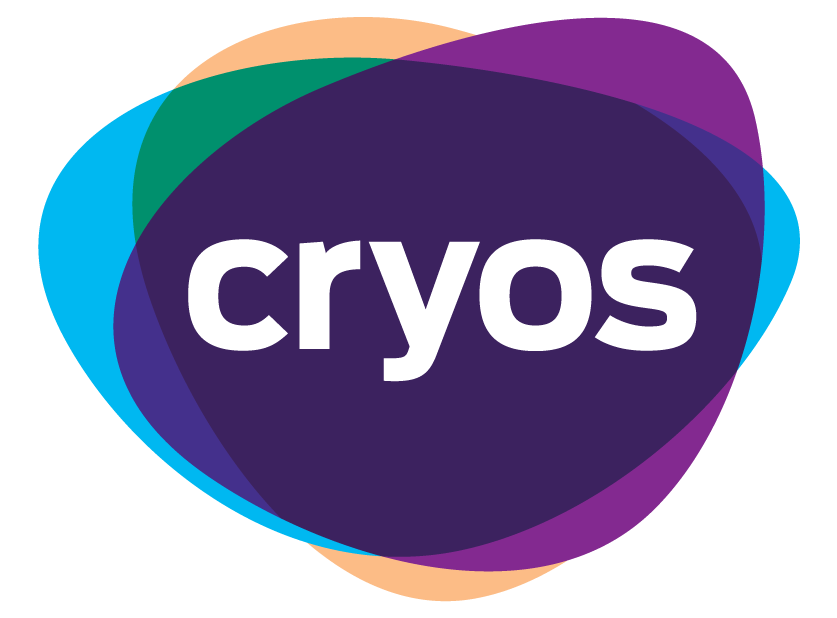The Steps To Wearing Foot Orthotics

published on 25/06/2018
The wearing of foot orthotics is a prescribed treatment that remedies foot and postural problems. However, before obtaining an orthotic prescription, a certified health professional must be consulted to diagnose and determine the nature of the problem. Read further to discover the main steps you need to take to get a foot orthotic prescription from a Doctor of Podiatric Medicine (DPM), your foot and postural health specialist.
WHAT ARE THE REASONS THAT LEAD TO A FIRST CONSULTATION FOR FOOT ORTHOTICS?
Lower limb pain or a foot injury often lead to a first consultation with a DPM. It can be pain in the feet, knees, hips and even the lower back. It is also possible for people to meet with a DPM when they are looking to improve their general posture. Whatever the reason, the DPM will find the source of the problem and prescribe the proper treatment, which may include foot orthotics.
Why prescribe foot orthotics?
- Hallux-abducto-valgus (bunions)
- Plantar fasciitis / heel spurs
- Tendinopathy/Tendinitis
- Plantar neuroma
- To improve balance or stability
- Inadequate biomechanics
For postural problems, foot orthotics will improve bone, muscle, and joint alignment. In many cases, inadequate biomechanics are the cause of poor posture and pain.
A FIRST MEETING WITH A FOOT SPECIALIST
At the first meeting, the DPM will inquire about the history of the patient and the reasons that led them to seek consultation. Based on the answers obtained, the doctor will locate the pain in the feet and the underlying cause will be identified. The necessary examinations, including a biomechanical analysis, will then be conducted to determine the best treatment. After studying the results, the doctor will be able to determine whether the wearing of foot orthotics should be the recommended course of treatment for the patient.
EXAMINATIONS REQUIRED FOR THE WEARING OF FOOT ORTHOTICS
During the same initial meeting, the DPM conducts postural and biomechanical examinations. The objective is to evaluate muscular functioning as well as the amplitude of movements and joints. The doctor will then be able to fully understand the functioning of the patient’s feet, and if he finds it necessary, prescribe foot orthotics.
HOW DO THEY DO THIS?
The DPM begins by using two types of exams. The first objective is to evaluate the muscular and articular functioning of the lower limbs. During the examination, the patient is in a sitting position with their feet raised in the air. Following this, the doctor conducts a postural evaluation examination to target the source of the foot pain. For this assessment, the patient will stand on their feet.
To complete his examinations, the DPM can use CryoVizion medical imaging technology. This is an excellent measurement tool that provides complete information on posture, feet, knees, hips as well as the back. Furthermore, CryoVizion imaging provides a visual display to patients that helps them understand the reasons they need to wear a foot orthotic. The images taken are also a great baseline reference that helps evaluate the evolution of the treatment. Lastly, another important benefit is that the medical imaging technique is non-invasive and poses no threat to the health of the patient.
Walking gait analysis: the doctor analyzes how the patient walks, and the functioning of the lower limbs, while in motion.
THE PRESCRIPTION OF FOOT ORTHOTICS
If the wearing of foot orthotics is the recommended treatment, the doctor will take a mould of the foot in the position necessary to correct or better accommodate the foot. The mould will then be sent to the laboratory for the manufacture of the foot orthotic. Furthermore, they will take the time to explain the reasons for choosing to use foot orthotics as well as all the next steps.
RECEIVING FOOT ORTHOTICS AND HOW TO WEAR THEM
When the DPM receives the foot orthotics from the lab, they will schedule an appointment with the patient. During the appointment, the doctor will ensure that the product conforms to what is required, and that it is comfortable for the patient. Finally, they will make recommendations on the progressive wearing of the device, and how long the adaptation period will be. The patient will have all the information they require regarding the wearing and proper maintenance of the device.
FOLLOW-UP MEETINGS FOR FOOT ORTHOTICS
A first follow-up meeting will be scheduled in the first couple of weeks following the delivery of the device. The objective is to assess how the treatment of the problem is progressing and to evaluate the progress of the treatment to alleviate foot pain or to improve general posture. The doctor also makes certain that the foot orthotics are comfortable during this period of adaptation. If modifications are required, the doctor will make the appropriate adjustments. Following this, annual follow-ups are recommended for adults, while it is preferable for children to consult the doctor every 6 months.
Keywords: Foot orthotics
Charlène Boisclair
A native of Trois-Rivières, Dr. Charlène Boisclair, DPM always knew that she wanted to work with people. And that’s the reason she decided to pursue her studies in podiatric medicine. After completing a four-month internship at the New York College of Podiatric Medicine, she graduated from l'Université du Québec à Trois-Rivières in June 2013. She is a member of l’Ordre des podiatres du Québec, and continues to expand on her knowledge by participating in numerous training and educational activities. She practices in both the Quebec City area, and Rimouski.
- 6475 Boulevard Henri-Bourassa
- Québec, Québec, G1H 3B9
- (418) 622-0732
- Website
